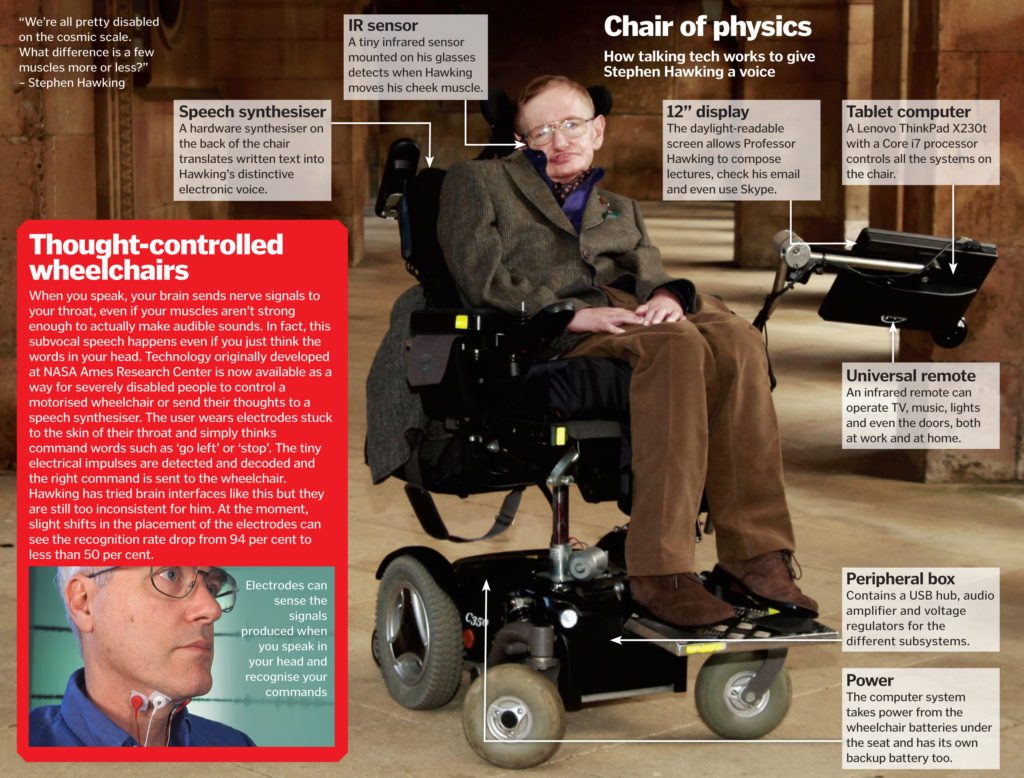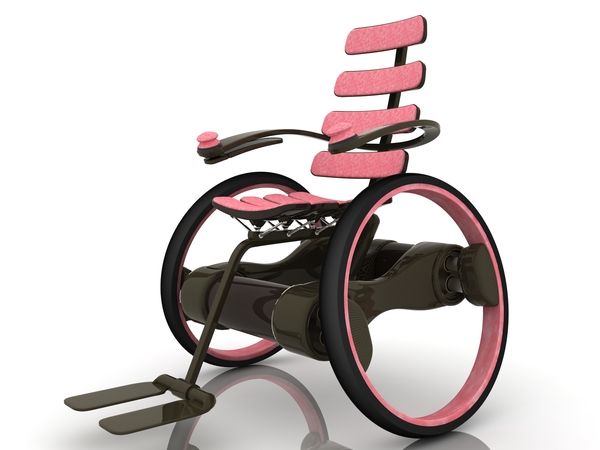Part 2 – Standardisation vs Customisation
Now that you’ve worked out what type of wheelchair to purchase it’s time think about the next question. Will a “standard off the shelf” wheelchair suffice or do i need to “pimp my ride?”
Well…it really depends on the individual using the chair, the frequency the chair will be used and how the chair will be used.
Some simple indicators may exclude the suitability of a standard chair for example:
Size:
Most standard wheelchairs come in 16/18/20inch x 16/18/20inch. When referring to chair sizes the first number always refers to the chairs width (measurement across someones hips) and the second number refers to the chairs depth (in a seated position measure from the back of the knees to the end of the bottom). Modifications to chair width and depth may be required as most standard chairs come in common sizes.. It is recommended you speak with an Equipment Supplier such as FIsherlane Mobility or Rehabhire around available customisations on particular chairs prior to purchasing.
Frame:
Standard chair frames are commonly made from steel or aluminium. For people looking at lightweight or sports chairs it might be better to look at chairs made from titanium or carbon fiber. Many accessories like wheel rims and foot plates can also be customised to match.
Upholstery:
The two most common types of upholstery on wheelchairs are Vinyl and Nylon. They both have their pros and cons. Nylon is more breathable and lighter in weight but can be difficult to clean and is more expensive than Vinyl. Vinyl on the other hand is the cheaper alternative, easier to clean and can be disinfected but not recommended for everyday use as the non-porous material makes you more likely to sweat!
Physical ability:
The physical ability of the user is paramount as this will determine the level of customisation required. For example someone who has sustained a stroke and has limited function in one side of their body can still independently propel themselves with a one arm drive system. One Arm Drive (OAD) Systems like the lever drive or double hand rim enable the user to propel and steer with one arm.
In circumstances with significant physical disability many customisations can be made to a chair. Most people are familiar with Professor Stephen Hawking who suffered from Motor Neuron Disease yet still excelled as a visionary scientist. Check out some of the customisations to his chair below!


